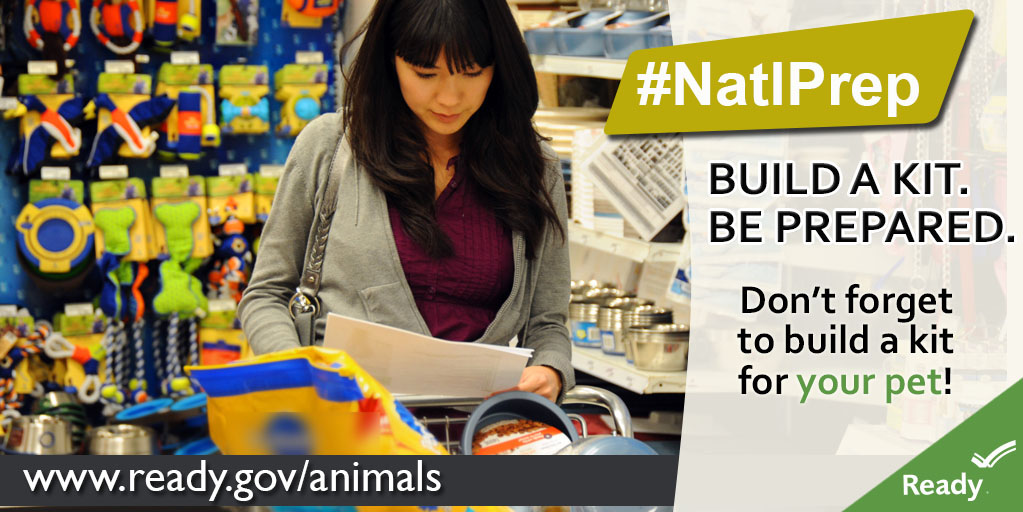Fire safety training is one of those things that we hope to never need to use, but are sure glad we had it once we needed it. This post by Dr. Bradford Wiles, K-State Research and Extension early childhood development specialist, is designed to help families and those adults with young children in their care to prepare well in case of a fire. As with any emergency, there are simple, but crucial, things to do to successfully have yourself and your loved ones survive.

Many of us grew up with various emergency drills as part of our school experience. However, the majority of fire deaths happen in the home. Preparing for a fire with young children might seem scary, but when it matters most, having a practiced plan, remaining calm, and being prepared are most valuable.
The first thing keep in mind with young children is that they will appreciate having practiced your fire escape procedures. For example, create a plan that helps to get children out of the building as quickly as possible, and practice it with some frequency, even as much as once a month. This helps children know what to do, and what to expect in the event of a fire. You also want to provide and practice an alternate escape route, should your primary escape route be impassable. You can make a game out of this practice with 3-5 year olds, making sure that they know the way out in case you tell them there is a fire. For slightly older children, you can emphasize how important it is to you that they are safe during an emergency.
The second thing adults can do to help children during an emergency such as a fire is to remain calm. Children, especially very young children, might not understand what is happening, but can tune into how adults are reacting more easily than they understand words. When adults panic, children will also panic, thus making adults’ ability to engage in quick decision-making and execution of the plan more difficult. Remember that adults are, at all times, a model for children’s behavior. If children see adults panicking, they will most likely panic as well. Besides, remaining calm is best regardless of the disaster, or the presence of young children.
Preparing young children and preventing fires
Preventing fires before they begin surpasses any response training. Here are a few things to keep in mind regarding children and fire:
- Children are naturally curious about fire, and adults need to tell them fire is dangerous, not a toy, and all fires are to be outside.
- Ensure that children cannot access any fire starting materials such as matches and lighters.
- Use only lighters designed with child-resistant features.
- Adults should not use fire as entertainment; not only is this unsafe, but it also sends the wrong message to children.
- Teach children to tell an adult if they see unsupervised fire starting material, or if they see another child playing with fire.
- If you suspect your child is intentionally setting fires or unusually fascinated with fire, get help. Your local fire department, school, or community counseling agency can connect you with experts who know how to teach children about fires in an appropriate way.


